- Funs Jacobs
- Posts
- We’re Closer to Mars Than You Think
We’re Closer to Mars Than You Think
The inspiring story of SpaceX showing what humanity is capable of and why going to Mars could be good for everyone.
The Flight That Brought Us One Step Closer to Mars
I am absolutely amazed and super intrigued by anything that has to do with space & the universe. It’s so massive, so mysterious, it makes me feel small in a good way. Some of my favorite shows and movies are about space, new planets and expanding humanity to new universes. My favorite movie of all time is probably Interstellar, I listen to hours of podcasts to understand the Dune universe as much as possible (after loooooving the first two movies) and currently loving (the absolutely beautifully made) show called Foundation. I once shared my fascination with black holes and quantum physics with you already, but no worries today’s article won’t be a physics lesson 🤣.
What it will be about is the incredible things that the team at SpaceX is accomplishing for years now. The reason I want to talk about it this week is because of their most recent test flight of their Starship, which marked test flight 11. Another incredible milestone so a good reason to dive in a bit deeper into how SpaceX came about, what it is determined to do and how it is doing so far.
The Birth of SpaceX: A Rocket Company Born Out of Frustration
SpaceX didn’t start because Elon Musk wanted to become a billionaire with rockets, it started because he was frustrated that humanity had stopped dreaming big.
In the early 2000s, space exploration was not really going anywhere new. NASA had retired the Apollo missions, and sending anything into orbit still cost tens of thousands of dollars per kilogram. Musk, who was about to sell PayPal, wanted to reignite public interest in space. His first idea wasn’t to start a rocket company at all but to send a small greenhouse to Mars, a mission called Mars Oasis. The plan was to grow the first plants on another planet to inspire humanity to look outward again. It would be the furthest life had ever traveled, again another inspiring moment similar to the first moon landing.
See here an explanatory video of the plan that Musk and team had developed:
To make that happen, Musk teamed up with a small group of early collaborators: aerospace engineer Tom Mueller, operations expert Chris Thompson, and former NASA engineer Jim Cantrell, who helped Musk navigate the Russian space industry. Together, they flew to Moscow to buy decommissioned intercontinental ballistic missiles (ICBMs) to use as cheap launch vehicles as the goal was for the mission to costs between 15 and 20 million USD maximum. About one tenth of what a small NASA mission would cost.
The trip didn’t go as planned. The Russians quoted astronomical prices, reportedly around $8 million per rocket, and laughed at Musk’s vision. At one meeting, Musk offered $8 million for two rockets instead of one.. a deliberately absurd counter-offer that ended the talks on the spot.
On the flight home, surrounded by spreadsheets and back-of-the-napkin calculations, Musk had his realization: “If rockets are so expensive because no one’s trying to make them reusable, why don’t we just build our own?” I can’t find the direct quote but it is in one of Musk’s biographies where one of his fellow travelers was in awe that Musk, who didn’t sleep on the flight back, showed them initial plans on how to build their own rocket much cheaper before they even landed. Another insane example of the relentless work ethic (and mind) of Elon Musk.
That’s the moment SpaceX was born (at least in Musk’s brain).
In 2002, Musk and his small founding team started Space Exploration Technologies Corp. (SpaceX) in a modest warehouse in El Segundo, California. Their goal was clear from day one: To make life multi-planetary.
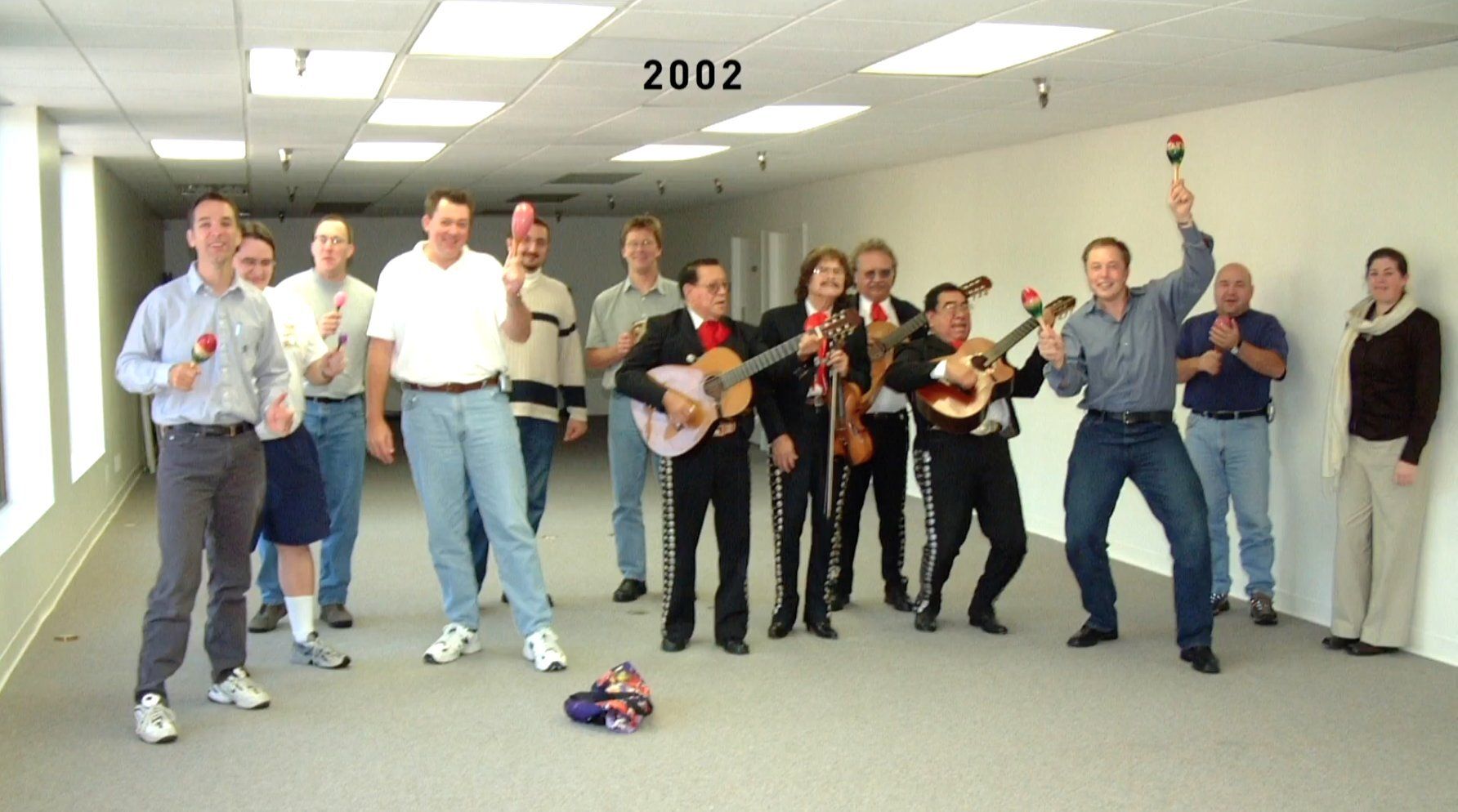
SpaceX founding team + a mariachi band at their first office in 2002.
Why? Because it’s important for the survival of humanity. Musk believed that if humanity remained confined to a single planet, it was one asteroid, war, rogue AI, or climate catastrophe away from extinction. But if we could build a self-sustaining colony on another world, humanity would have an actual backup plan for civilization itself.
To make that vision real, SpaceX needed to solve the main problem: the cost of access to space. At the time, launching a single kilogram into orbit cost roughly $60,000. Musk wanted to bring that down to $50. The only way to get there? Reusability. Rockets that could launch, land, and fly again like airplanes.
Every explosion since then has been a step toward that goal.
How SpaceX Rebuilt Humanity’s Space Program
What started in a small warehouse in El Segundo has turned into the most successful private aerospace company in history and arguably the one keeping humanity’s space ambitions alive.
From the beginning, SpaceX’s strategy was to build everything in-house, iterate fast, and never stop testing. That mindset, borrowed from Silicon Valley rather than NASA, became the backbone of its culture and success.
Over the past two decades, the company has achieved a series of milestones that completely reshaped the space industry:
2008 – The First Big Breakthrough: Falcon 1 Reaches Orbit
After three failed attempts (which means exploding rockets) and near bankruptcy, Falcon 1 became the first privately developed liquid-fueled rocket to reach orbit. It proved SpaceX could actually build rockets that worked and saved the company.
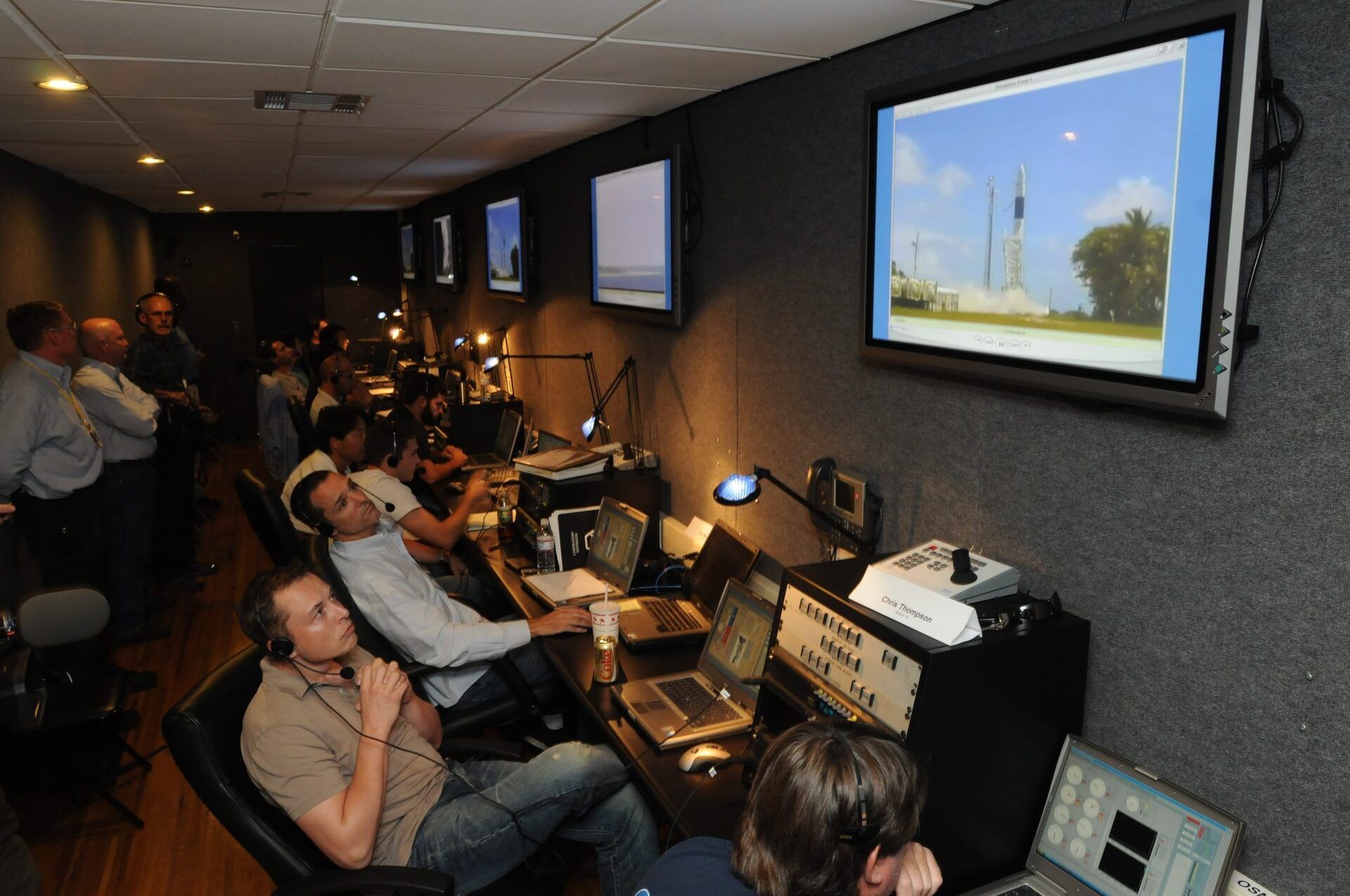
Musk, seated, watches the launch of the fourth flight of the Falcon 1 rocket in California. A “do or die” mission as another failed attempt could have bankrupted SpaceX. Read the full story here (click).
2010–2012 – Reusability and the NASA Partnership
Next came Falcon 9, a larger, modular rocket designed for rapid reusability which is the key to lowering costs. In 2010, SpaceX became the first private company to launch a spacecraft (Dragon) and safely return it to Earth. In 2012, it made history again when Dragon became the first commercial spacecraft to dock with the International Space Station.
2015–2017 – The First Rocket Landings
After years of big failures, SpaceX finally landed a Falcon 9 booster upright on a drone ship in the Atlantic Ocean, a milestone that changed spaceflight forever. For the first time in history, rockets weren’t single-use. By 2017, they had re-flown a booster, proving the reusability concept actually worked.

April 9 2016 changed space travel forever.
2019 – Starlink: Turning the Sky Into a Business Model
Launching rockets is expensive, and SpaceX needed a steady revenue stream to fund its Mars ambitions. The answer: Starlink. A collection of thousands of low-orbit satellites providing global internet coverage. Today, Starlink funds much of SpaceX’s R&D, generating billions in annual revenue while expanding internet access across remote regions of Earth.
2020 – Human Spaceflight Returns to the U.S.
With Crew Dragon Demo-2, SpaceX became the first private company to send astronauts into orbit from U.S. soil since the Space Shuttle program ended in 2011. For the first time in nearly a decade, America no longer depended on Russia to reach the ISS.
2021–Present – Starship and the Path to Mars
SpaceX’s next chapter revolves around Starship, the most powerful rocket ever built, designed for full reusability and interplanetary travel. Starship will carry cargo, satellites, and eventually people. First to the Moon under NASA’s Artemis program, then to Mars. Every test flight is part of refining the architecture that will one day make leaving Earth as routine as flying across it.
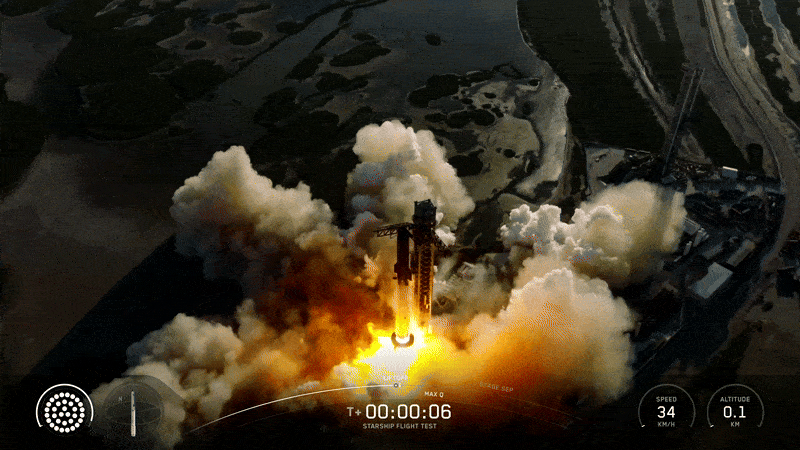
Starship test flight 11 lift off
Now we have a better understanding of the major SpaceX milestones, let’s look at the biggest challenge they faced when starting: reusability.
Reusability Changed Everything
Until SpaceX, every rocket in history was designed to be destroyed. A launch meant millions of dollars of hardware burning up in the atmosphere or sinking into the ocean. Imagine if every time you flew somewhere, the airline threw away the airplane after landing, that’s how spaceflight worked for decades.
Starting with the Falcon 9, SpaceX pioneered the idea of rockets that could land upright and be flown again. After years of trial, error, and literal explosions, they nailed it 2016 as shown above.
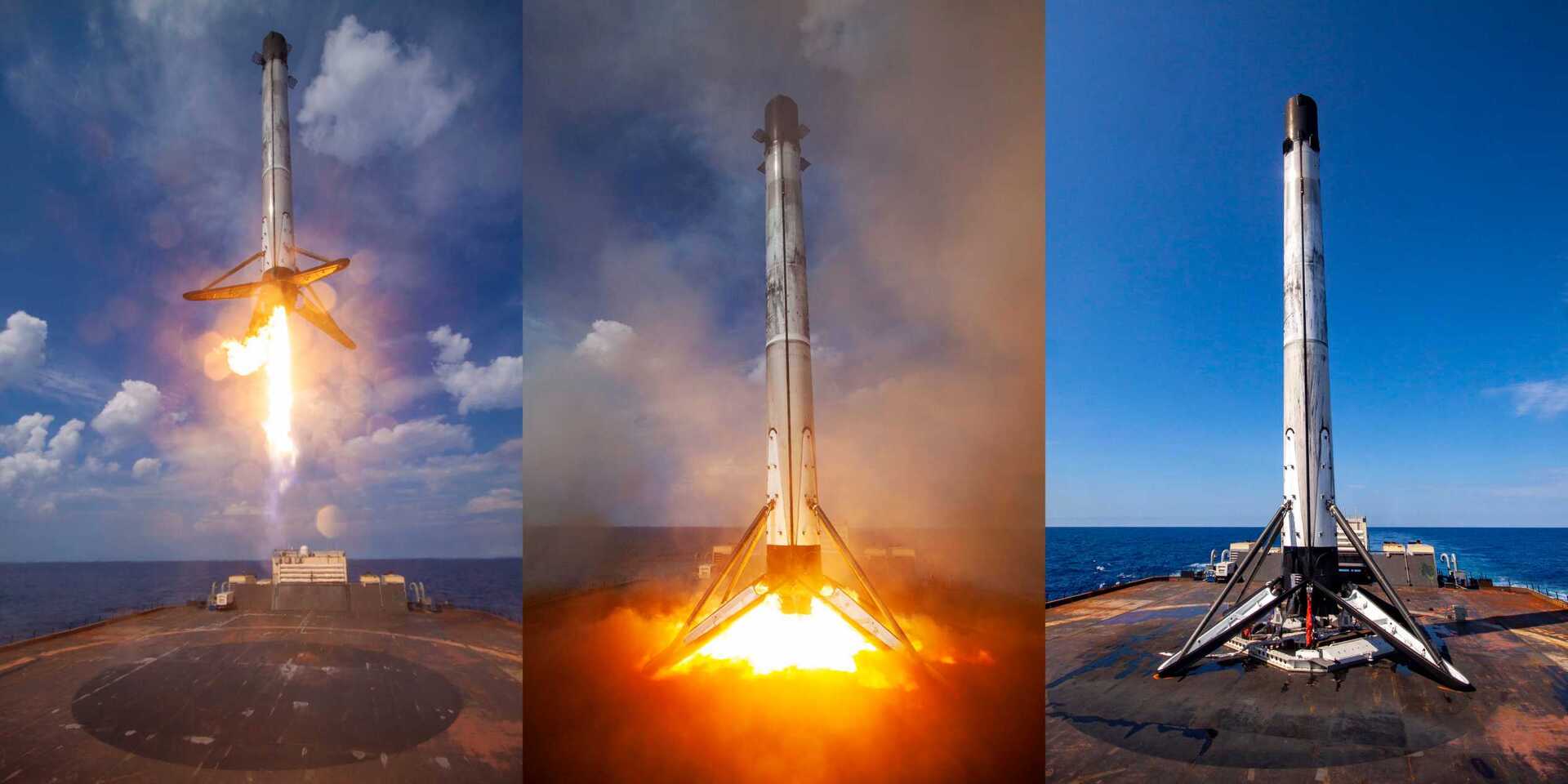
Falcon 9’s have been reused numerous time since then.
That moment marked the beginning of rapid reusability, the single innovation that made reaching orbit exponentially cheaper. Instead of building a new $60 million rocket for every flight, SpaceX could now reuse one dozens of times with minor refurbishments.
Since then, some boosters have flown over 20 times, each time cutting costs further and proving that spaceflight could be treated like aviation, not like fireworks.
But SpaceX didn’t stop there. The next evolution came with Starship and its Super Heavy booster, designed not only to land but to be caught mid-air.
At the company’s Starbase facility in Texas, they built a colossal launch and catch tower nicknamed “Mechazilla.” It uses two giant mechanical arms (“chopsticks,” as Musk calls them) to grab the rocket as it descends, saving time, hardware, and fuel.
The goal is to turn rocket launches into 24-hour cycles: launch, land, refuel, relaunch..
This is also one of the reasons why I wanted to write this article. I don’t think a lot of people understand how insane this is. Catching this rocket, which is basically a full blown skyscraper, with these chopsticks. I mean look at it, hooooly sh*t!!
And while each of these milestones reshaped spaceflight, one innovation stands above them all, the idea that rockets shouldn’t be single-use.
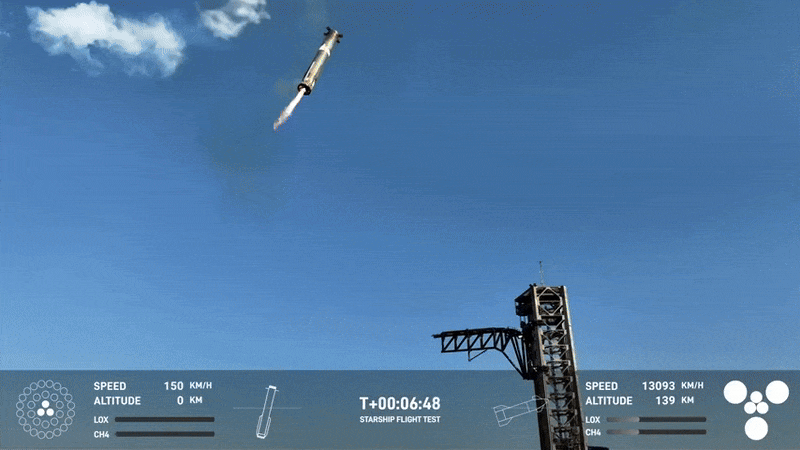
Meet Starship: The Largest Rocket Ever Built
Starship isn’t just reusable, it’s huge!! Fully stacked, the Starship + Super Heavy system stands 120 meters (394 feet) tall, roughly 30% taller than the Statue of Liberty and 60 feet shorter than the Great Pyramid of Giza. It’s also the most powerful rocket ever built, capable of generating over 16.7 million pounds of thrust, nearly double NASA’s Saturn V that sent humans to the Moon.
Starship is designed to carry up to 150 tons of cargo or crew into orbit, or even further when refueled in space. Its outer shell is made of cold-rolled stainless steel, the same material used on Tesla’s Cybertruck, polished to reflect heat and light like a mirror. The heat shield underneath consists of 18,000 individual ceramic tiles, each one baked in SpaceX’s own “Starbase bakery,” engineered to survive reentry temperatures hotter than the surface of the Sun. Again something that was invented by the SpaceX team, that wasn’t possible before.
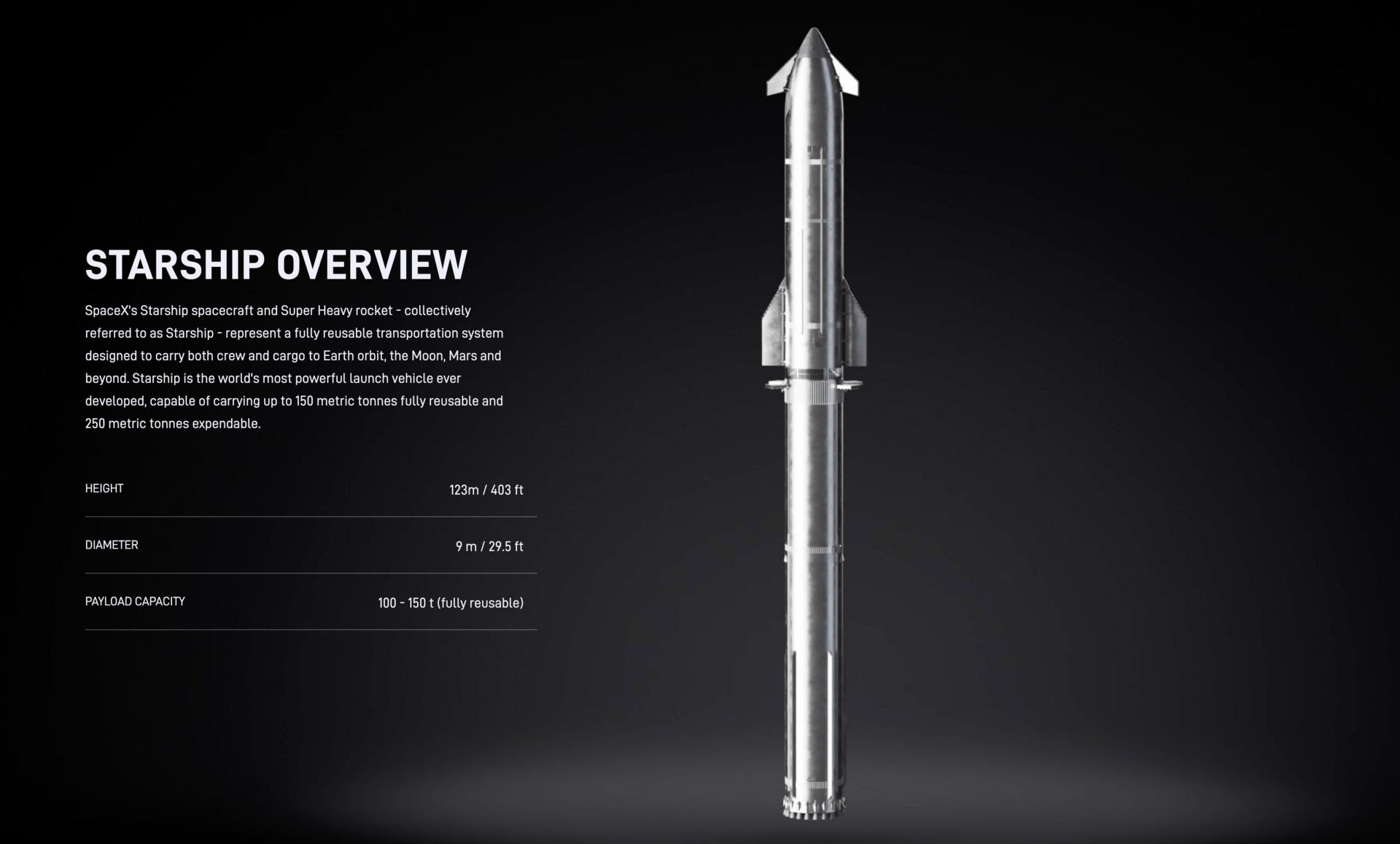
From the SpaceX website
Starship Test Flight 11: A New Chapter in Space Exploration
Now let’s talk about the reason why I wanted to write this article now and that is the latest test flight called: Starship Test Flight 11. On Monday, October 13, 2025, SpaceX launched Starship’s eleventh integrated flight test from its Starbase facility in Texas.
This was the final flight of the second-generation Starship and first-generation Super Heavy booster, marking the end of one era and the beginning of the next.
For anyone scrolling through clips online, it may have looked like the usual spectacular blast of fire and stainless steel but behind the noise, this mission quietly checked off every major milestone SpaceX needed to move forward.
Watch Starship's eleventh flight test → spacex.com/launches/stars…
— SpaceX (@SpaceX)
10:50 PM • Sep 29, 2025
What Happened Up There:
• All 33 Raptor engines on the Super Heavy booster ignited perfectly, sending Starship roaring over the Gulf of Mexico.
• The rocket performed a “hot-staging” maneuver mid-flight, lighting the upper stage’s six engines while still attached to the booster, a delicate sequence that worked flawlessly.
• After separation, the booster executed its boost-back burn, reigniting 12 of its 13 planned engines, guiding itself back toward a pre-planned splashdown zone off the Texas coast.
• For the first time, all 13 engines lit up during the final landing burn, hovering just above the water before performing a controlled splashdown, a maneuver that will later allow SpaceX’s “Mechazilla” tower to catch future boosters mid-air.
• The Starship upper stage then continued to orbit, deploying eight Starlink simulators, and successfully re-lighting one of its Raptor engines in space, a crucial capability for future missions to de-orbit, refuel, or head to the Moon and Mars.
• Finally, Starship endured a full-speed atmospheric re-entry, intentionally pushing its heatshield to the limit to gather thermal data, before performing its landing flip and executing a soft splashdown in the Indian Ocean.
What This Means for Humanity
Whenever a new SpaceX rocket launches, the same question always pops up: Why spend billions going to space when there are still so many problems on Earth?
It’s a fair question. But it misses the bigger picture in my opinion. The story of space exploration is not just about leaving Earth but also about understanding it better, improving it, and protecting it.
Every breakthrough that makes rockets more efficient, materials more heat-resistant, or engines more powerful eventually trickles back down into the world we live in. Reusable rocket engines accelerate clean propulsion tech. Heat-shield innovation influences material science and construction. Satellite constellations like Starlink bring internet access to the most remote parts of the planet, connecting communities and schools that were never online before. And the data collected from space, weather, climate, resource mapping, directly helps us tackle the very problems people fear we’re ignoring.
Elon Musk’s goal of making life multi-planetary often sounds like science fiction. But in reality, it’s a systems problem: How do you build a civilization that can sustain itself without external supply chains? How do you recycle every drop of water, every gram of oxygen, and every piece of waste? How do you generate power and food in an environment where nothing grows?
To make life sustainable on Mars, you first have to solve sustainability on Earth. That means breakthroughs in portable energy, closed-loop water systems, recyclable materials, and food production. All technologies that benefit our planet long before they ever leave it. SpaceX’s engineering challenge to sustain life on another world is, in many ways, the ultimate sustainability experiment for this one.
If SpaceX can figure out how to grow food on Mars, we’ll have no excuse for hunger on Earth.
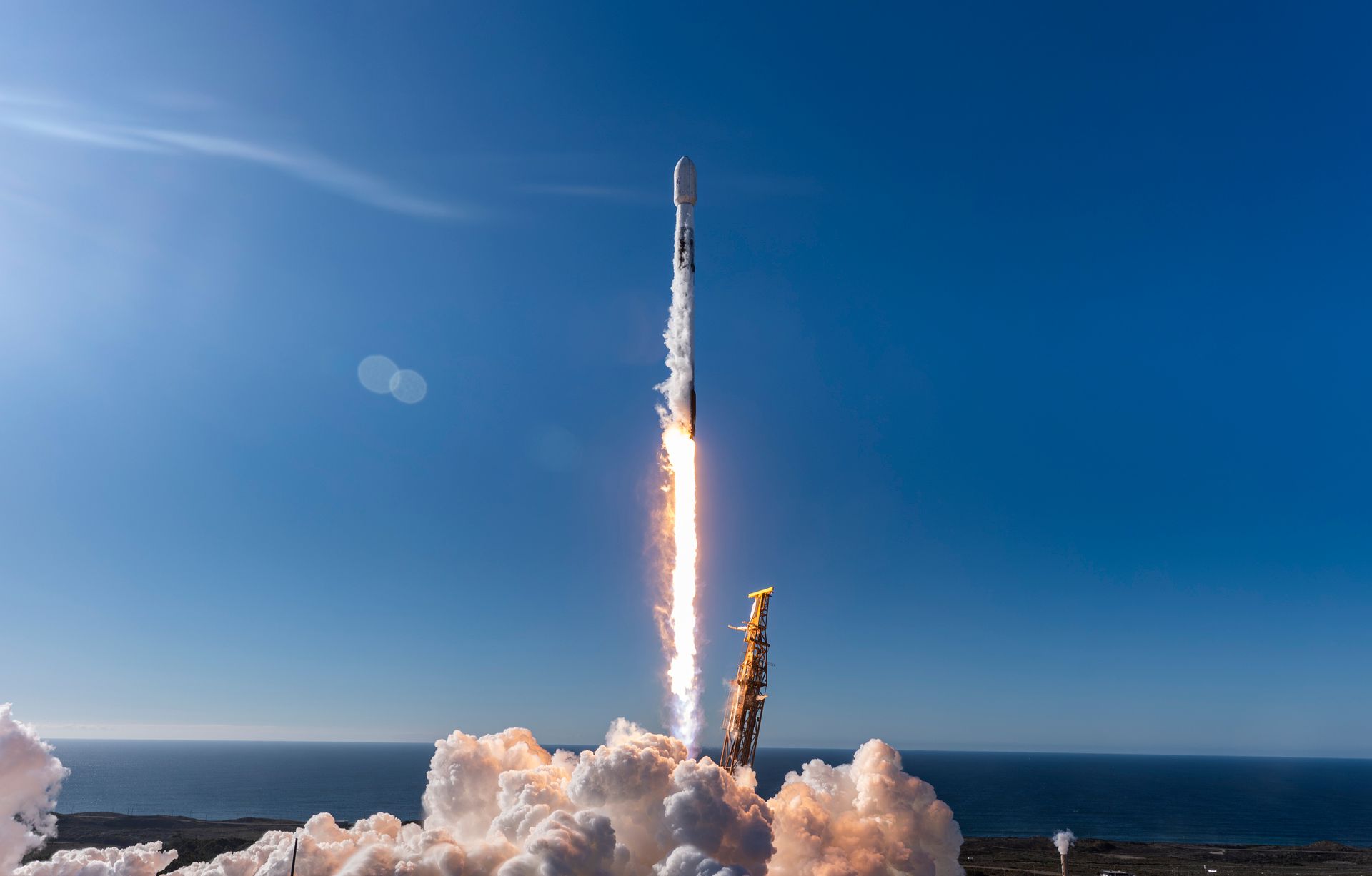
Just one more sick rocket picture! Falcon 9 launches Space Development Agencies (U.S. Department of Defense) second Tranche 1 Transport mission to low-Earth orbit on October 16.
Closing Thoughts
As I said in the beginning, space excites me. The massive unknown that awaits us and the incredible opportunities it could unlock.
(Oh, and yes… I also believe we’re not alone in this vast universe. But that’s a story for another day 😉.)
The SpaceX story shows us what humans are capable of when vision meets persistence. It’s absolutely mind-blowing.
Yes, Elon Musk is being criticized heavily for his recent turn into politics, but that doesn’t take away from the fact that what he’s building with SpaceX is extraordinary. The company is singlehandedly conducting more spaceflights, both commercial and experimental, than any country on Earth. And in doing so, they’ve pushed innovation in aerospace further in two decades than the rest of the industry managed in fifty.
For that, I salute them.
Would I one day want to fly to Mars? Absolutely. And the crazy part is that might actually happen in our lifetime.
I can’t wait to see it become a reality.
PS... If you’re enjoying my articles, will you take 6 seconds and refer this to a friend? It goes a long way in helping me grow the newsletter (and help more people understand our current technology shift). Much appreciated!
PS 2... and if you are really loving it and want to buy me some coffee to support. Feel free! 😉
What 100K+ Engineers Read to Stay Ahead
Your GitHub stars won't save you if you're behind on tech trends.
That's why over 100K engineers read The Code to spot what's coming next.
Get curated tech news, tools, and insights twice a week
Learn about emerging trends you can leverage at work in just 10 mins
Become the engineer who always knows what's next
Thank you for reading and until next time!

Who am I and why you should be here:
Over the years, I’ve navigated industries like advertising, music, sports, and gaming, always chasing what’s next and figuring out how to make it work for brands, businesses, and myself. From strategizing for global companies to experimenting with the latest tech, I’ve been on a constant journey of learning and sharing.
This newsletter is where I’ll bring all of that together—my raw thoughts, ideas, and emotions about AI, blockchain, gaming, Gen Z & Alpha, and life in general. No perfection, just me being as real as it gets.
Every week (or whenever inspiration hits), I’ll share what’s on my mind: whether it’s deep dives into tech, rants about the state of the world, or random experiments that I got myself into. The goal? To keep it valuable, human, and worth your time.

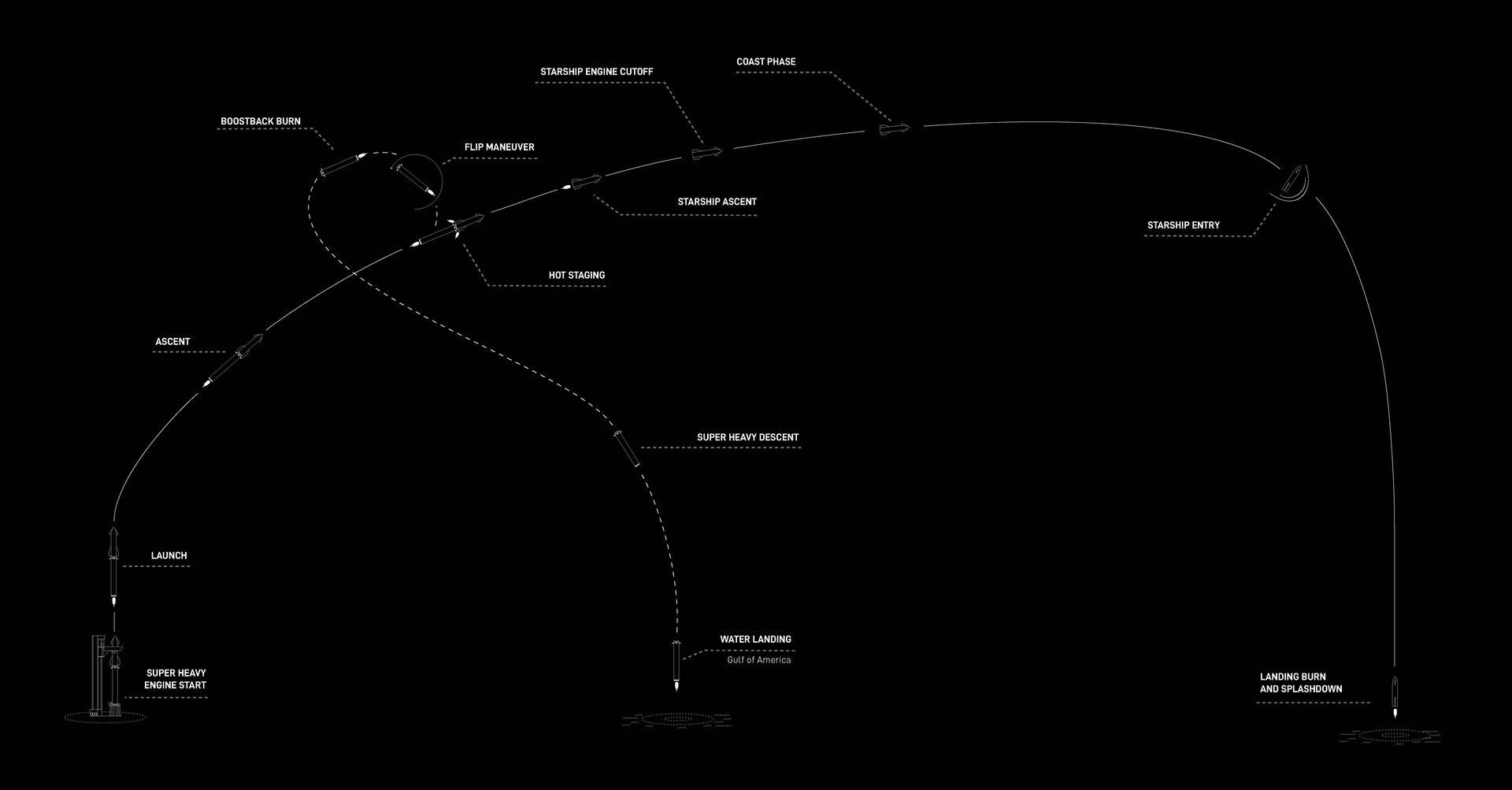

Reply